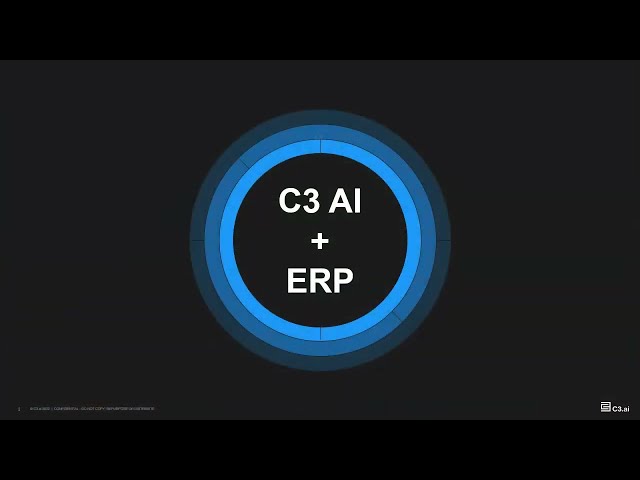Hershey’s ERP Implementation Failure | Supply Chain Issues | MBA Case study
Hershey’s ERP implementation failure in 1999 was a high-profile case study of what can go wrong when an ERP project is poorly managed. The company spent $112 million on a new ERP system from SAP, but the system failed to go live on time and caused significant disruption to Hershey’s operations.
There were a number of factors that contributed to Hershey’s ERP failure. One was that the company rushed the implementation process. Hershey wanted to have the new system in place before the Y2K deadline, but this unrealistic timeline led to a number of shortcuts being taken.
Another problem was that Hershey did not adequately prepare its employees for the new system. Employees were not given enough training on how to use the system, and this led to confusion and errors.
Finally, Hershey did not adequately test the new system before it went live. This resulted in a number of bugs and glitches that caused the system to malfunction.
The consequences of Hershey’s ERP failure were severe. The company was unable to process orders for several weeks, and this led to lost sales and customer dissatisfaction. Hershey’s stock price also fell sharply.
Hershey was able to eventually recover from its ERP failure, but it took several years. The company learned a number of lessons from its experience, and it has implemented a more rigorous ERP implementation process in the years since.
Here are some of the key lessons that can be learned from Hershey’s ERP implementation failure:
- Don’t rush the implementation process. ERP implementations are complex and time-consuming projects. It is important to give yourself enough time to plan and execute the implementation properly.
- Prepare your employees for the new system. Employees need to be adequately trained on how to use the new system before it goes live. This will help to minimize confusion and errors.
- Test the new system thoroughly. It is important to test the new system thoroughly before it goes live. This will help to identify and fix any bugs or glitches.
- Have a contingency plan in place. Things don’t always go according to plan on ERP implementations. It is important to have a contingency plan in place in case of problems.



